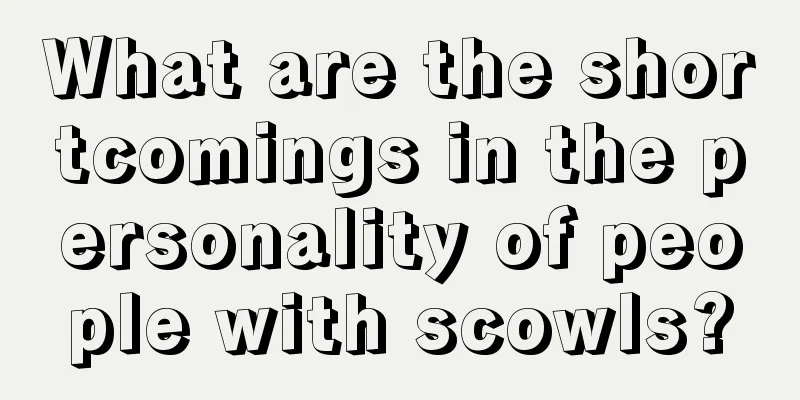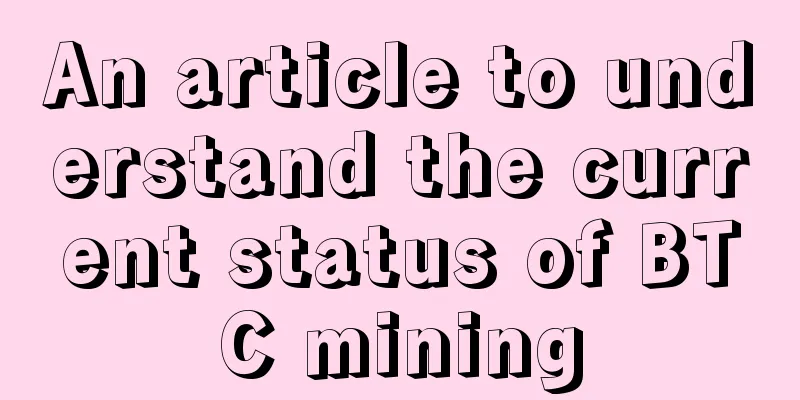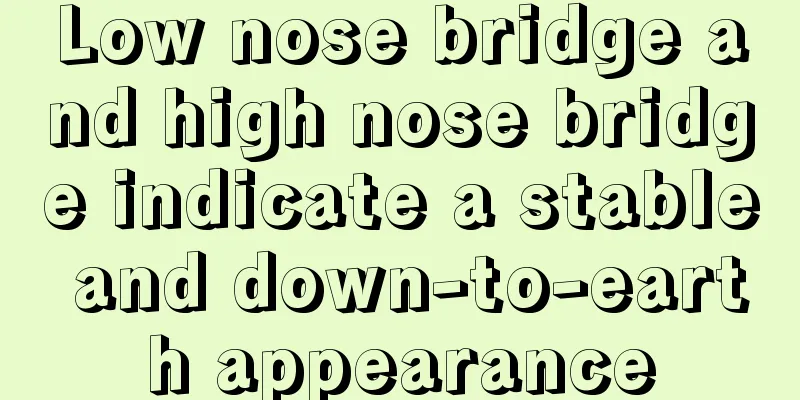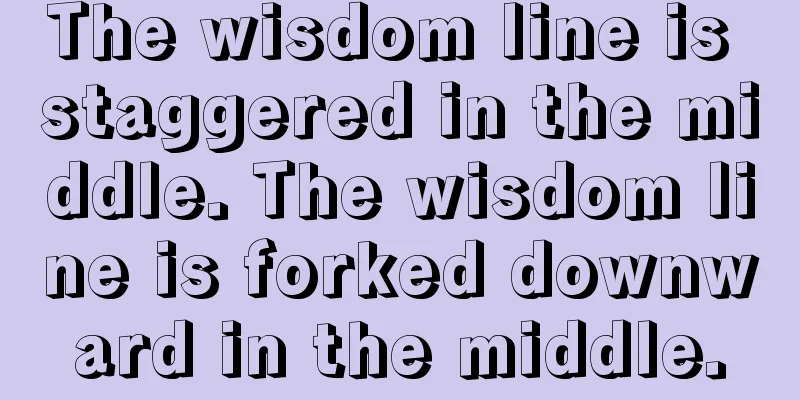Tether responds positively: There is Bitcoin in USDT reserves
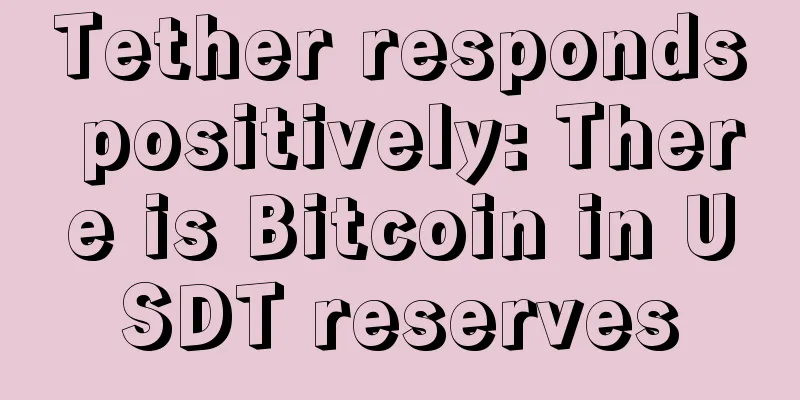
|
In recent months, the market has been so crazy that it has made people numb. I wonder if you have noticed that in addition to the constant fluctuations in the market value of various projects, the market value of stablecoins has also been growing steadily. The total market value of stablecoins has now reached 24.8 billion US dollars. Among them, USDT is the most prominent one. According to OKLink data, USDT now has a circulation of 24 billion US dollars, accounting for more than 70% of the total market value of stablecoins. Remember that in March 2020, USDT was only 4 billion US dollars. In less than a year, USDT has increased sixfold. While the issuance is increasing, investors are still skeptical about USDT. They doubt whether USDT has 100% reserves and whether USDT is manipulating the market. Of course, the biggest worry is whether USDT will collapse. In the "What Bitcoin Did" podcast on January 10, CTO Paolo Ardoino and General Counsel Stuart Hoegner of USDT issuer Tether appeared and responded directly to all the doubts. Tether responded one by one to the rumors about insufficient reserves, market manipulation, and other rumors that investors care about most. BlockBeats has compiled the highlights of this conversation. Let’s take a look at Tether’s response. Q: What is the issuance process of USDT? Stuart : This process includes a total of 4 steps: generation, issuance, acceptance, and destruction. Generation refers to the generation of USDT on the chain, which requires cooperation from multiple parties. However, before USDT is issued, if it is only generated, this part is not included in the circulating market value. Issuing USDT means circulating USDT in the on-chain ecosystem, sold to customers by Tether, and fully endorsed by Tether. Accepting USDT means that the user returns USDT to Tether and gets back legal currency. The accepted USDT is also kept in the Tether vault and will be reissued or destroyed according to market demand. The generation and destruction of USDT are managed by multi-signature. Q: Issuing USDT should be a simple task, right? Stuart : This job seems very intuitive and simple to understand, but it is very important because after all, you need to use a private key to create USDT, which is not only a theoretical risk, but also a security risk. Paolo can give some answers to this question. Paolo : Regarding security, our approach is to minimize the number of times we need to use the private key. You can see that the amount of USDT generated each time is an integer, such as 200 million US dollars, but it is generated but not issued each time, because we know our customers very well and can roughly predict when there will be demand. The demand of customers is different, so we will generate USDT in advance, and when the customer needs it, we can just take it from the generated inventory. Q: Who is using USDT? Paolo : In 2014, Bitcoin transactions had already begun to gain market share, but the transfer speeds of both parties were different. Bitcoin transfers could be completed after a few blocks were confirmed, but the transfer speeds of fiat currencies varied. Therefore, in order to achieve the same speed on both sides, the prerequisite was that the technology used by both sides was the same, so the US dollar was moved to the chain. After development, Tether's main application scenario is still the cryptocurrency market, but it has also expanded to traditional application scenarios such as retail, payment, trade settlement, and international remittances. Stuart : I really like answering this question. Tether has very complete AML (anti-money laundering) and KYC (know your customer) processes that comply with the U.S. Bank Secrecy Act. We have third-party audits, and we will also do our best to conduct comprehensive due diligence on our customers. We also often help international law enforcement organizations to investigate, track, and even freeze wallets. Q: Why are Tethers issued on weekends and holidays when banks are not open? Paolo : It is true that ordinary banks cannot handle business on weekends and holidays. Tether's main bank is Deltec. Tether itself and many users have opened accounts at Deltec. At the same time, Deltec has dedicated personnel to handle interbank transfers on weekends and holidays. Therefore, even on weekends and holidays, Tether and users can transfer money to each other and issue USDT. Interbank transfers can still be processed on weekdays. Q: You just mentioned Deltec, so do you have a controlling stake in this bank? Stuart : We don’t discuss our investments here. Q: Okay, so USDT is 100% backed by reserves? Stuart : In short, yes. Behind every USDT, there must be our reserves, which include traditional currencies, cash and its equivalents, as well as some other assets and loans to third parties. The loan part includes the commercial loan to Bitfinex, which now has 550 million US dollars. The interest for this month has been paid in advance, and everything is normal. Each USDT is anchored to 1 US dollar and can be accepted by Tether at any time. It is impossible to say that there will be a run on the bank. There has been no acceptance default since its establishment. In fact, many Tether users have been using their own examples to prove Tether's ability to accept large amounts of funds. I would like to explain the number 74%. In the April 30, 2020 affidavit filed with the New York Attorney General, I stated that “Tether holds approximately 74% of the USDT in circulation in cash and cash equivalents.” At that time, the total circulating market value of USDT was 2.1 billion US dollars. About 74% of the reserves were cash and cash equivalents, and the remaining 26% were loans to Bitfinex. But the point is that 74% refers to the proportion of cash and its equivalents to the circulating market value of USDT reserves. People understood this sentence as "only 74%", which is wrong. Now, the total circulation of USDT has increased to 24 billion US dollars, and the proportion of loans in the reserve has dropped to about 2.5%. USDT is still 100% reserve. There is no problem with the loan of Bitfinex at present. Q: I see. You just mentioned the composition of your reserve funds. Is there any Bitcoin in it? Stuart : We made it clear in court last summer that we have Bitcoin in our reserves. This is not surprising. Some transaction fees need to be paid on Omni, so we also need Bitcoin to pay them. While we generally do not comment extensively on the composition of our reserves, we plan to make this information available on our website this year. Q: In that case, some people would say that you can issue USDT and then use USDT to buy Bitcoin as USDT reserve. For example, you would think that now is a good time to buy Bitcoin, and then you would issue USDT to buy Bitcoin. Stuart : We issue USDT not to buy Bitcoin ourselves, we don’t buy it. We issue USDT to give to customers who need USDT. Q: Is Tether a compliant institution? Which regulatory authorities does it communicate with? Stuart : Tether is a Money Service institution legally registered with FinCen in the United States. It submits routine reports to FinCen and meets FinCen's compliance requirements. Tether also submits routine reports to the BVI Financial Investigation Agency to meet FIABVI compliance requirements. In fact, Tether's implementation standards in the following compliance processes meet or even exceed regulatory requirements (this was also mentioned earlier). The above is the key points of this conversation compiled by BlockBeats. In 2020, BlockBeats wrote two articles on USDT and stablecoins, "USDT: A Peer-to-Peer Electronic Cash System" and "USDT Will Not Explode". Although we cannot prove from other channels that USDT must have 100% reserves, it is undeniable that USDT is anchored at 1 US dollar, which has become a consensus among all users. At the same time, the USDT model makes it difficult for itself to experience a run. In this stablecoin market that has expanded exponentially in a year, stablecoins represented by USDT are doing what Bitcoin once wanted to do. It can even be said that the stablecoin market has transcended cryptocurrency. If nothing unexpected happens, USDT and the stablecoin market will still be the highlight this year. |
<<: Bitcoin plunges nearly 11%, but investors are still increasing their holdings
>>: BlackRock wants to buy BTC futures, Grayscale founder invites it
Recommend
Look at your lover to see if he or she has changed his or her mind
Look at your lover to see if he or she has change...
Girls with Venus lines on their right hands have very good fortunes.
Different palm lines bring different fortunes to ...
Teach you how to tell fortunes by looking at your facial features
Fortune telling by face reading is widely used in...
A woman has a hanging needle on her forehead, which means she cannot have children in her first marriage. What does this mean?
The hanging needle lines can be said to be a very...
People with these facial features will have enough food and clothing and round earlobes throughout their lives.
In fact, most people don’t dream of becoming rich...
What does it mean when there is no love line in palmistry?
Everyone's palm lines are different, and ever...
What is the fate of people with collapsed nose bridge and small nose? OK? How is your love fortune?
In physiognomy, each person's facial features...
Nine Peach Blossom Patterns on Palmistry
Nine Peach Blossom Patterns on Palmistry Peach Bl...
What are the facial features of people who start to get lucky after the age of 30?
The influence of our face does exist. It can not ...
What qualities can lead to a good spouse?
What qualities can lead to a good spouse? It is n...
Is it good for a woman to have a mole on her eyebrow?
Each of us has a different eyebrow shape, some ar...
Analyzing the life span of a person from his face
Life is very important to each of us. The basis o...
What kind of men are suitable for late marriage?
Everyone hopes that their marriage is happy and w...
How to read a man's nose
As the saying goes: To ask about wealth, look in ...
Girls with these facial features will never have trouble getting married
There is a type of girls who are always surrounde...



